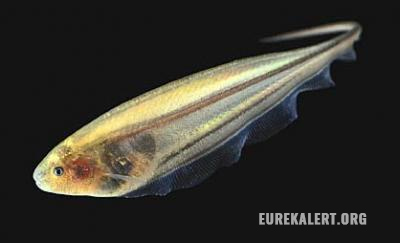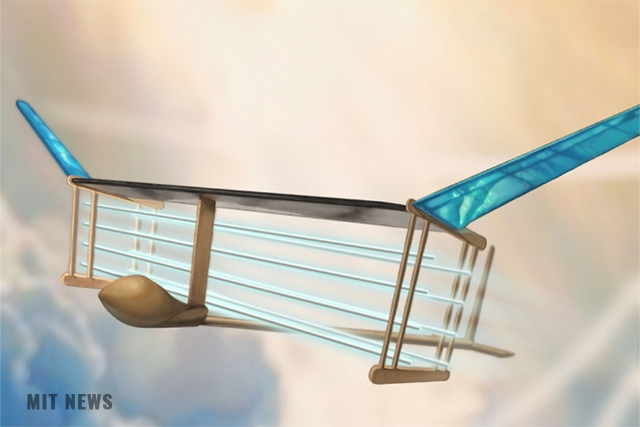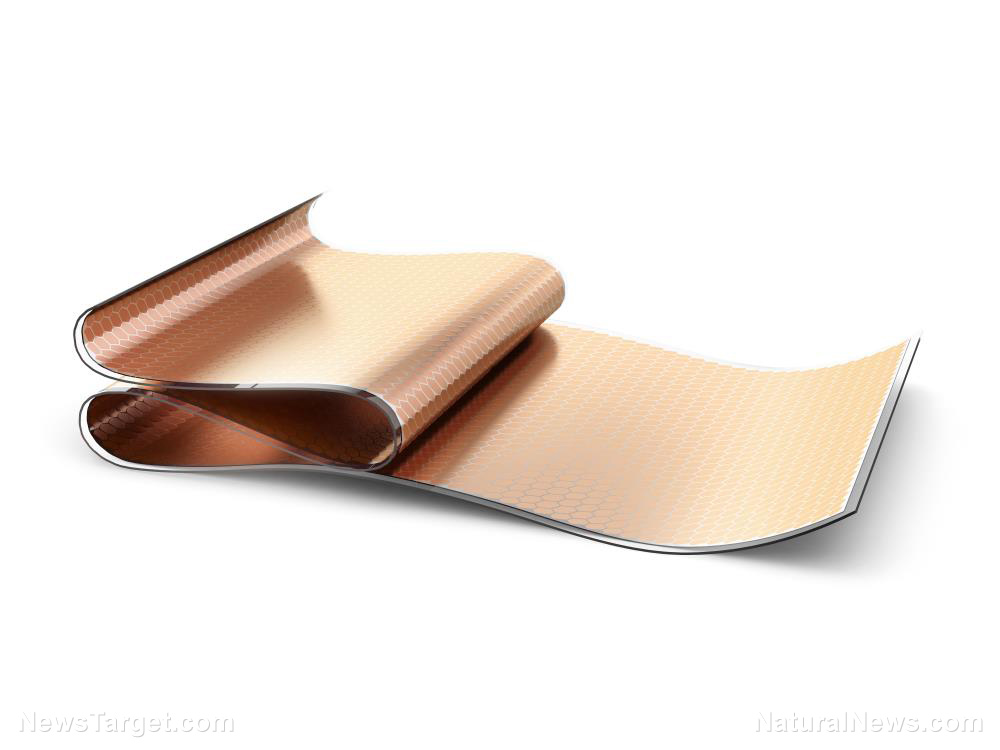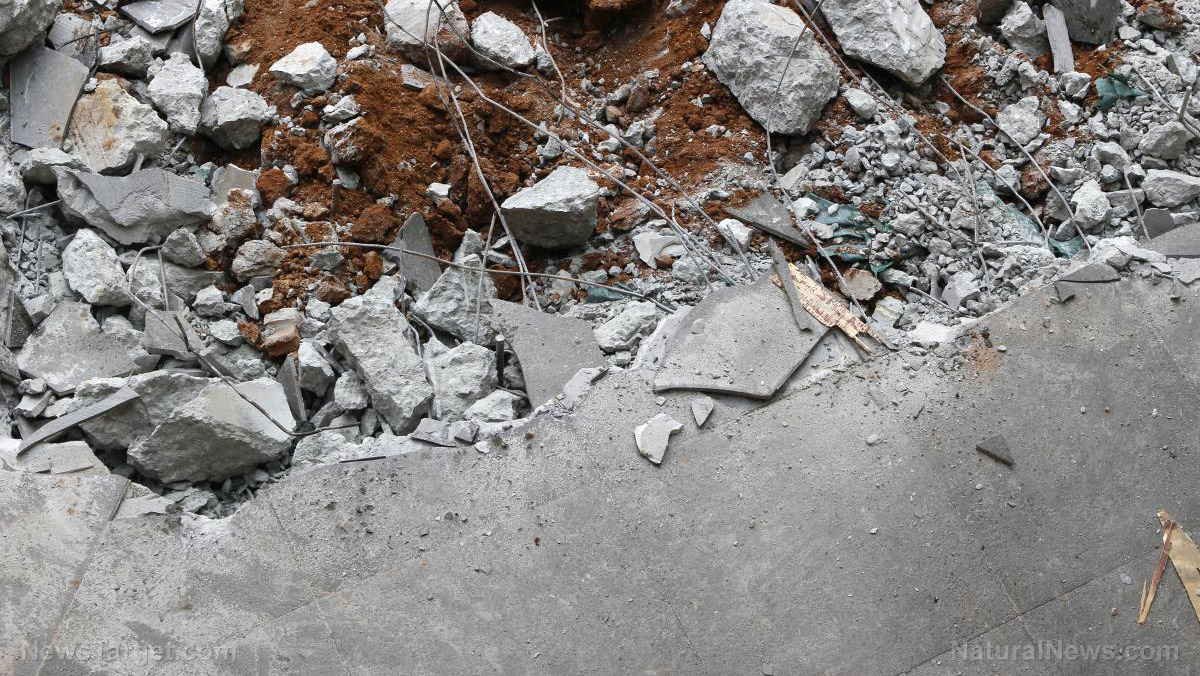Scientists develop a self-cleaning spacesuit that can get rid of hyper-abrasive space dust
03/12/2019 / By Edsel Cook

When humans return to the Moon or finally touch down on Mars, their spacesuits are going to get dusty really quickly. And the particulate matter found in those environments feature very rough surfaces that can quickly wear out even the durable material used for protective gear.
These so-called “space dust” ended up this way because their home moon or planet lack the thick atmosphere that clad Earth. The weather on our planet constantly grind at the edges of the particles here, making them much smoother and softer in texture.
In comparison, other rocky celestial bodies in the solar system either have a very thin atmosphere or none whatsoever. So the jagged surfaces of those dust particles never got blunted.
Furthermore, the lack of a screening atmosphere meant that these dust particles get soaked in undiluted ultraviolet rays from cosmic sources of radiation. The space dust become electrically charged, and their high levels of static electricity allow them to stick to surfaces like glue.
If the space dust got inside the folds and joints of a spacesuit, they would quickly wear out the fabric. If they attached themselves to electronics, they could cause those systems to overheat and burn out. (Related: New spacesuit could save astronaut lives with a “take me home” button could be ready in 5 years, making space walks safer.)
An experimental fabric for spacesuits that can clean space dust from its surface
Given the hazards posed by space dust, there is a need for a new spacesuit design that can automatically remove dust from its surfaces before it starts taking damage. So researchers at the University of North Dakota (UND) and their Boeing counterparts worked on a prototype material for a self-cleaning suit.
Their new system is called SPacesuit Integrated Carbon nanotube Dust Ejection/Removal (SPIcDER). The material is made up of carbon nanotube fibers that can magnetize themselves to repel clingy, sharp-edged, and highly charged space dust.
Carbon nanotubes have already seen use in the Electrodynamic Dust Shield system that protect sensitive electronics in spacecraft. But the EDS cannot be fitted onto spacesuits due to its brittleness, inflexibility, and shape restrictions.
The UND-Boeing researchers found a way to greatly increase the flexibility of carbon nanotubes. This permitted the carbon fibers to be shaped into flexible fabric, which could then be turned into spacesuit materials.
Magnetizing the carbon nanotube material to repel highly charged space dust
In their paper, which they published in the science journal Acta Astronautica, Kavya Manyapu and his fellow researchers shared the details behind the space dust-repellent capability of their SPIcDER spacesuit. They found a way to get the carbon nanotube fibers to generate a magnetic field without affecting their physical properties.
In turn, the small magnetic field triggered electrophoresis, which prevented charged particles from accumulating in one area by forcibly moving them elsewhere. Since space dust possessed strong static charges, they could be manipulated by the magnetic field into leaving the spacesuit altogether.
While they were unable to build an entire spacesuit, the UND-Boeing researchers did create a knee joint section as a concept demonstrator. The section was completely functional, down to the pressurization effect required for the near-vacuum conditions of lunar and Martian environments.
Knee joints were particularly vulnerable to the entry and abrasive effects of space dust. But the magnetized carbon nanotube material succeeded in keeping dust out of the prototype joint.
Manyapu promised that the entire system can be adjusted and modified as necessary. A spacesuit made out of SPIcDER materials could operate on the surface of, say, an asteroid like Bennu or a planetoid like Eris with the same effectiveness on the Moon or Mars.
Sources include:
Tagged Under: astronauts, breakthrough, carbon fiber, carbon nanotubes, future tech, inventions, Mars, materials science, Moon, nanotechnology, physics, science and technology, Space, space dust, space exploration, spacesuit



















